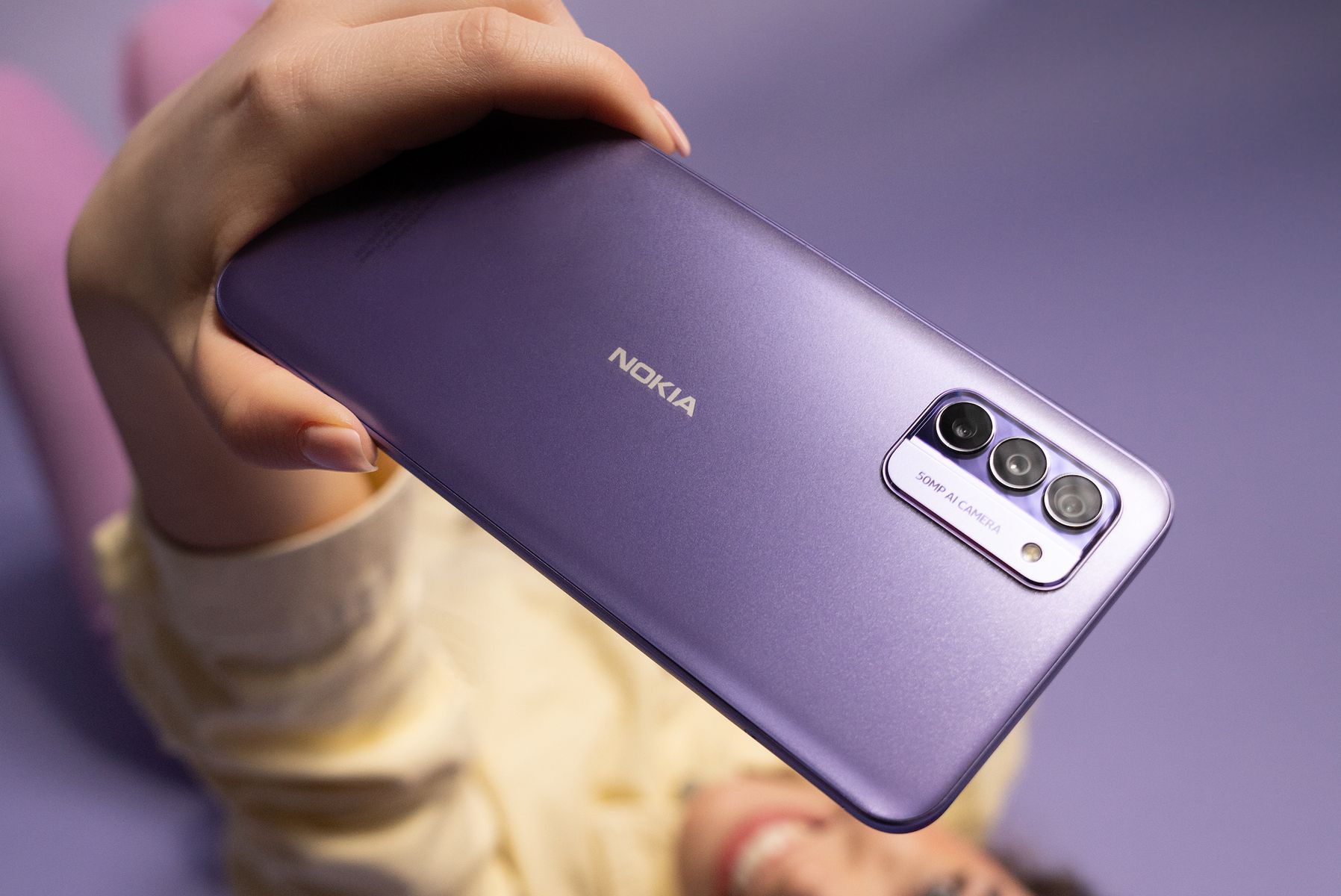
A Brief History of Nokia Smartphones
Nokia was among the pioneers in popularizing mobile phones. The iconic Nokia 5110, released in 1998, became a staple in many pockets due to its durability and ease of use. Another highly successful model, the 3310, was known for its long battery life and robust design. These phones were not just functional; they also had a certain charm that made them memorable.
However, as the smartphone era dawned, Nokia struggled to keep up. Initially focusing on Windows Phone, this strategy ultimately failed to gain significant traction. In 2016, HMD Global, a Finnish company co-founded by former Nokia executives Arto Nummela and Florian Seiche, acquired the rights to the Nokia brand and began producing Android-based smartphones under the Nokia name.
Early Android Devices
HMD Global's first Android devices included:
- Nokia 3
- Nokia 5
- Nokia 6
- Nokia 8
These phones were designed to be affordable and competitive in the mid-range market. For example, the Nokia 6 featured a 5-inch Full HD display, 3GB of RAM, and a Qualcomm Snapdragon 430 processor. Although it had some limitations like a MicroUSB port instead of USB-C, it was priced competitively at under $200.
Modern Nokia Smartphones
Fast forward to today, and Nokia has continued to evolve its smartphone lineup. One of the latest additions is the Nokia G22, which boasts a 6.5-inch HD+ display, up to 3-day battery life, and a 50MP triple camera system with AI modes. The G22 also features QuickFix repairability, allowing users to replace damaged screens or batteries without needing specialized tools.
Key Features of Modern Nokia Smartphones
Display
Nokia's recent smartphones have not been particularly impressive in terms of display technology. Many of their devices still use IPS panels, which are inferior to the OLED screens offered by competitors like Redmi and Samsung. For instance, the Nokia G22 uses an HD+ display, which is not as vibrant as higher-resolution OLED screens.
Speaker
Another area where Nokia smartphones fall short is in audio quality. Most Nokia devices come with a single mono speaker, which is inadequate for watching videos or listening to music. In contrast, many other smartphones offer stereo speakers that provide a much better user experience.
Performance
Performance-wise, Nokia smartphones are generally mid-range. The best you can expect is a Snapdragon 6XX series SOC, which is not as powerful as the high-end processors found in flagship devices from other manufacturers. This limitation is particularly evident in tasks that require significant processing power, such as gaming or video editing.
Cameras
Nokia's camera capabilities have also been a point of contention. While their cameras are good enough for basic tasks like document scanning, they lack the advanced features and high-quality sensors found in competing devices. For example, the Nokia X30, despite having a 50MP camera, does not support 4K video recording, which is a basic feature expected from mid-range smartphones.
Build Quality
Nokia has traditionally been known for its robust build quality, but recent devices have not lived up to this standard. Many of their phones still have large bezels and lack the premium feel that users expect from modern smartphones. The Nokia G22 does offer some improvements with its durable design and recycled materials, but it still lags behind competitors in terms of overall build quality.
OS
One of the few advantages Nokia had was its close-to-stock Android experience with regular updates. However, this is no longer a unique selling point as Samsung and Xiaomi also offer regular updates to their devices. Nokia's lack of innovation in this area means that users may not find any significant advantages over other Android devices.
Battery
Nokia's commitment to sustainability is evident in their recent devices, but this is often undermined by the lack of replaceable batteries. The Nokia G22 does offer up to 3-day battery life and 20W fast charging, which is a significant improvement. However, the inability to replace the battery means that users will eventually need to discard their phones when the battery loses its capacity over time.
The Future of Nokia Smartphones
Despite these challenges, Nokia continues to innovate and improve its offerings. The Nokia G22 is a step in the right direction with its focus on sustainability and repairability. The company's partnership with iFixit to provide repair guides and tools is a significant move towards making smartphones more durable and environmentally friendly.
In addition to the G22, Nokia has other devices in the pipeline that promise to address some of the issues mentioned above. For instance, the Nokia X30, although not perfect, offers a 50MP camera and a Snapdragon 695 5G processor, which is a significant improvement over previous models.
Nokia's journey in the smartphone market has been marked by both success and failure. While the company has managed to regain some ground with its recent offerings, it still faces stiff competition from established brands like Samsung and Xiaomi. To truly regain its former glory, Nokia needs to focus on improving its display technology, audio quality, performance, camera capabilities, and build quality. Additionally, offering replaceable batteries and regular software updates would help differentiate their devices in a crowded market.
In summary, while Nokia smartphones have made strides in sustainability and repairability, they still lag behind in several key areas. However, with continued innovation and a focus on user needs, Nokia can potentially reassert its position as a major player in the smartphone industry.
